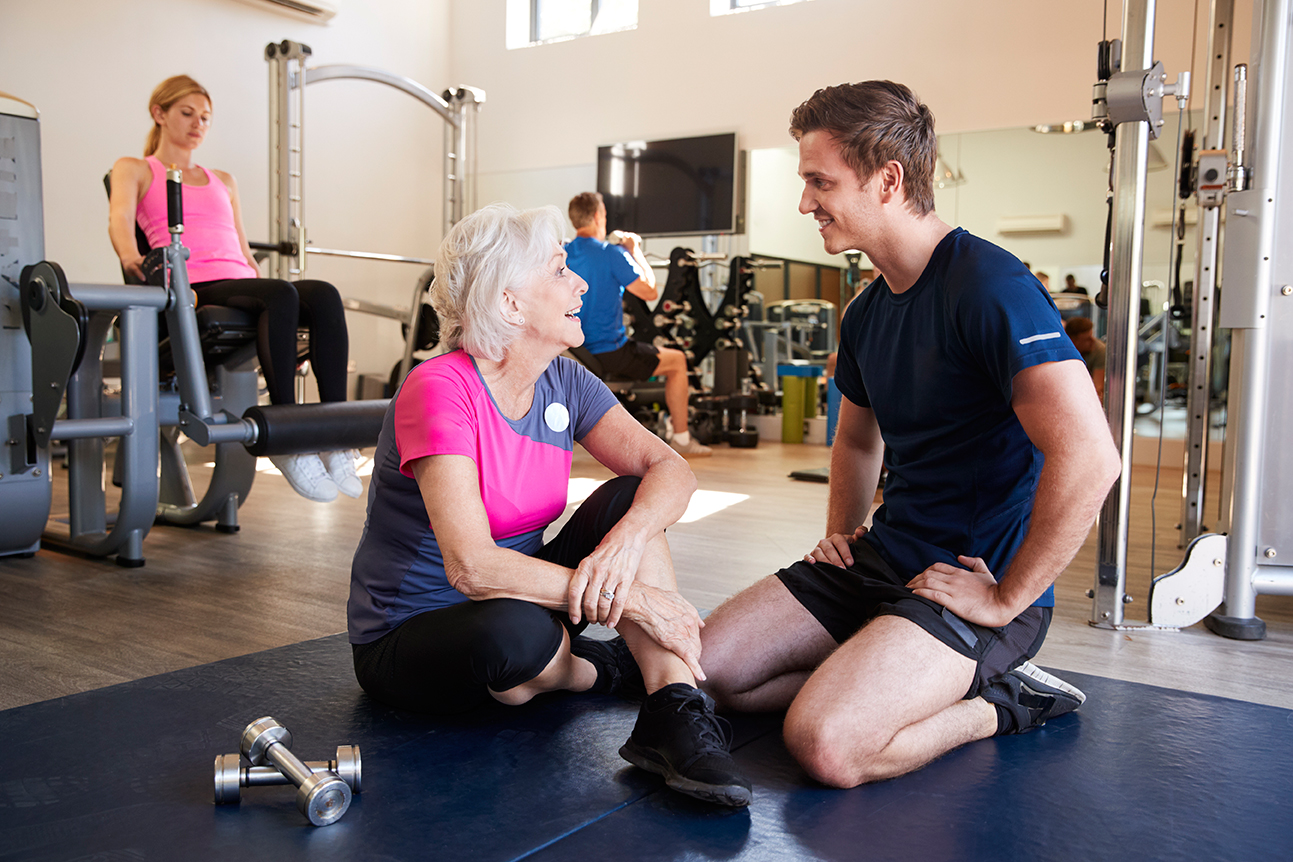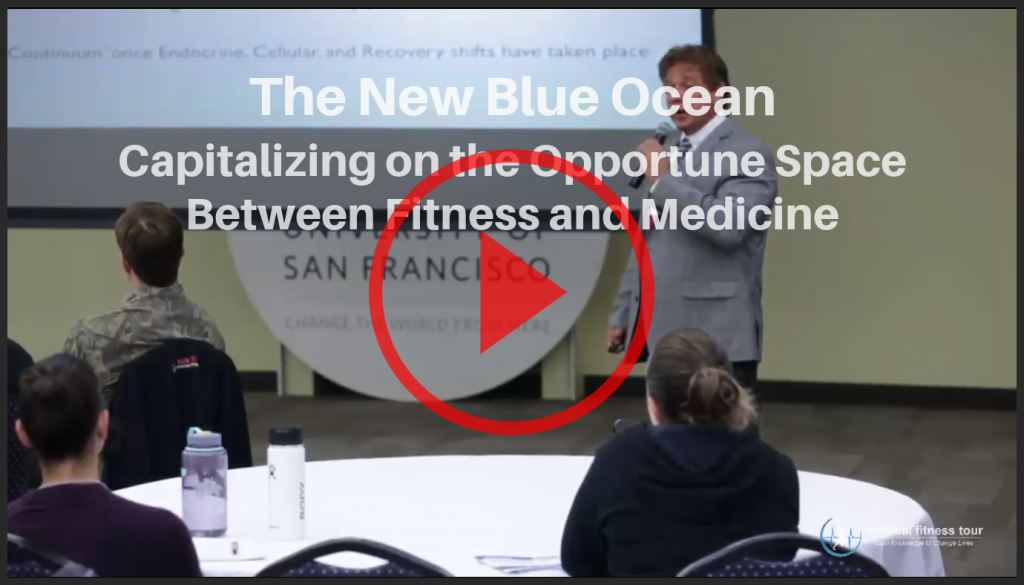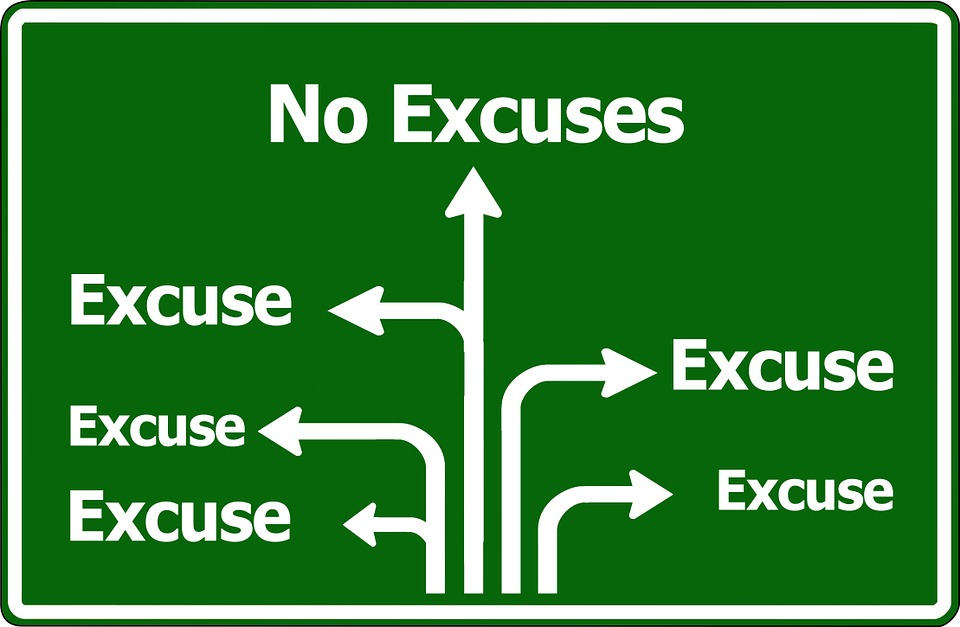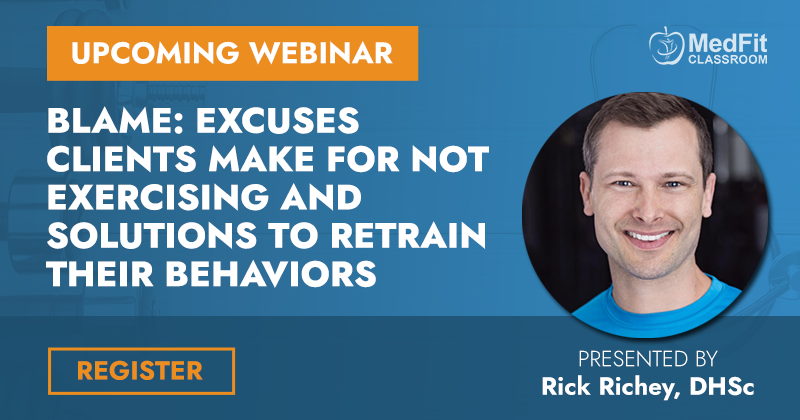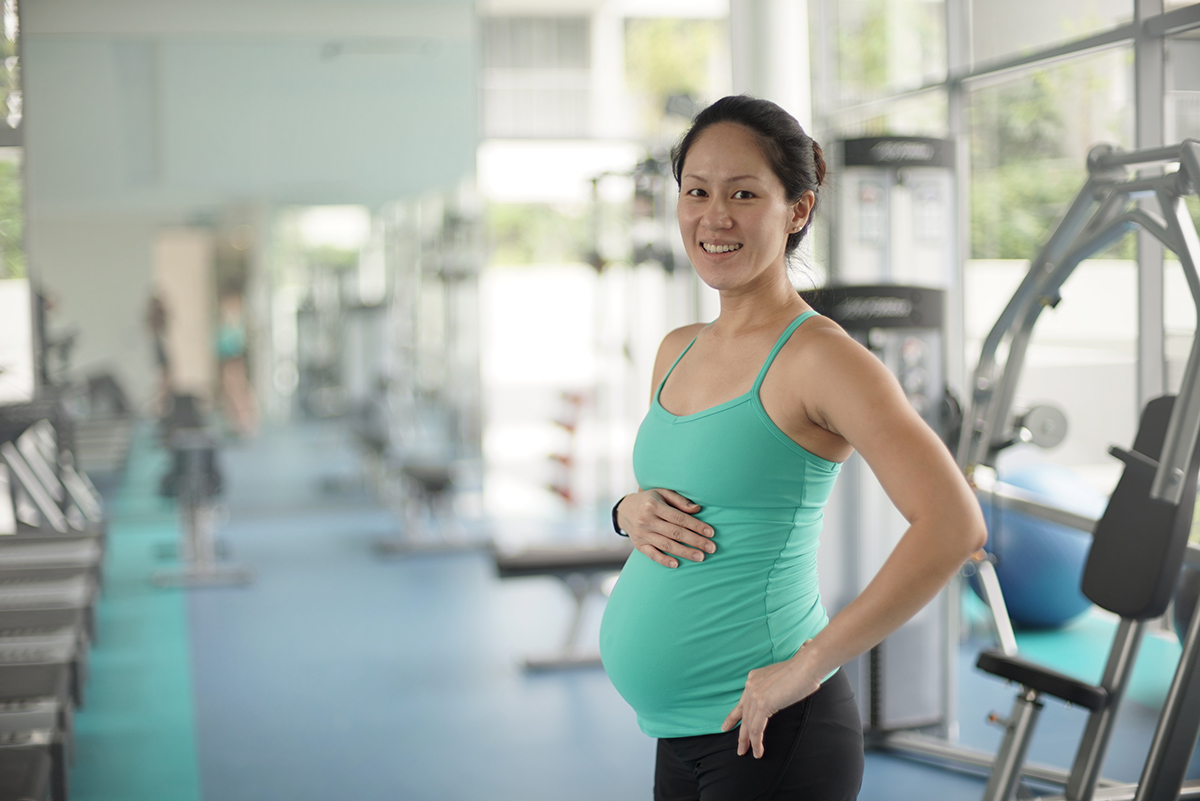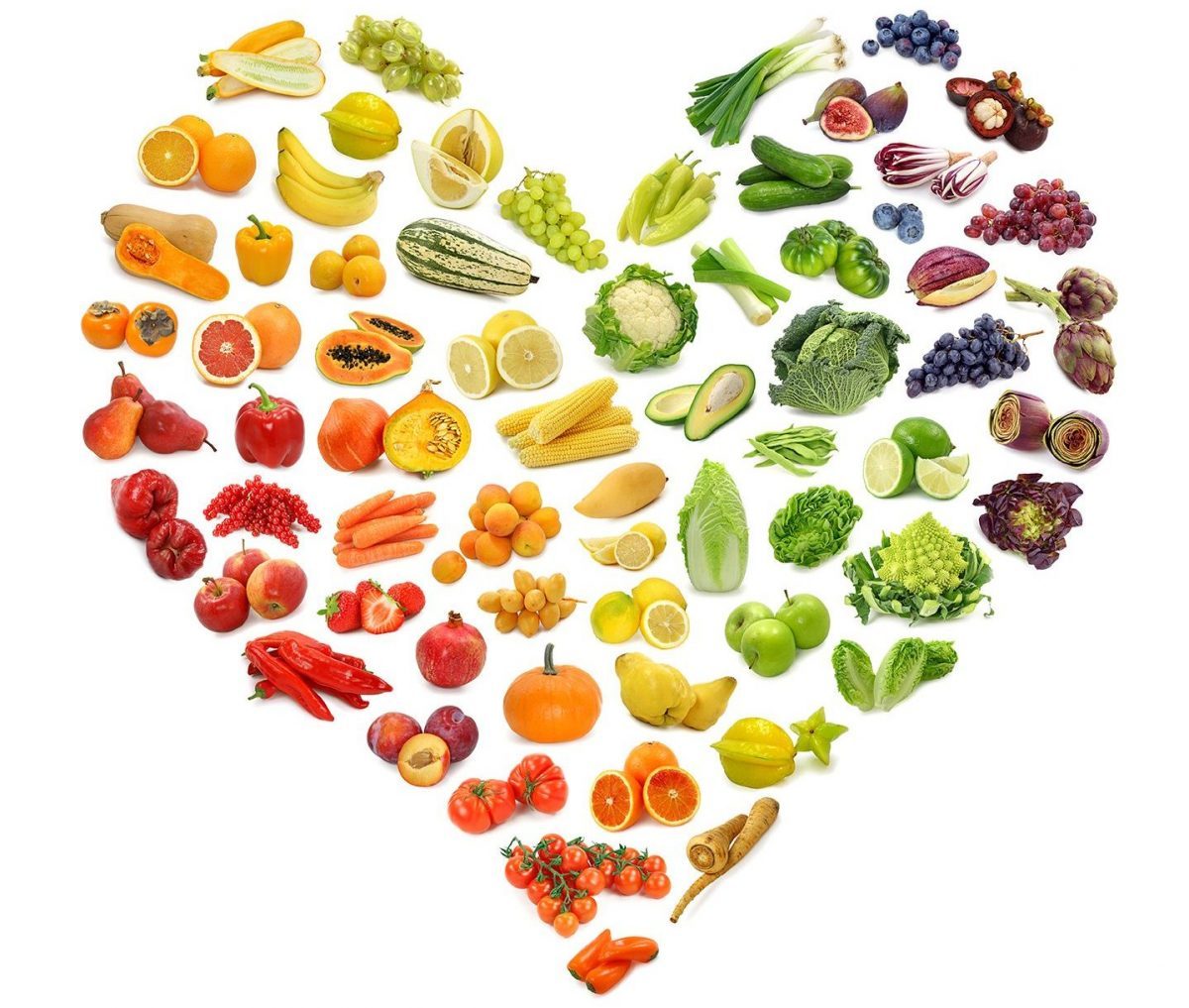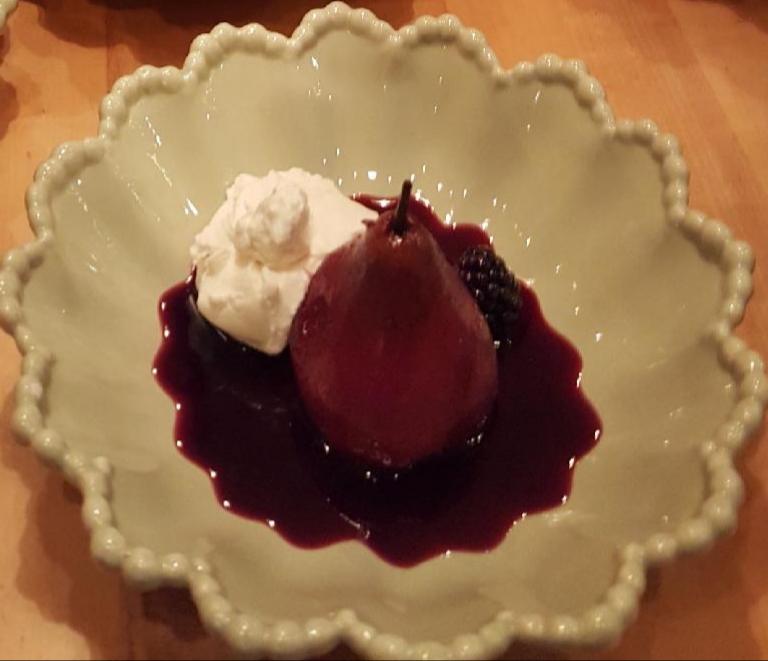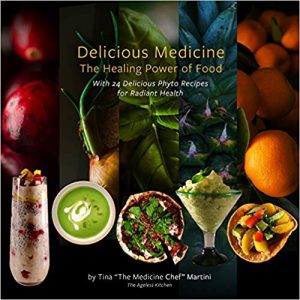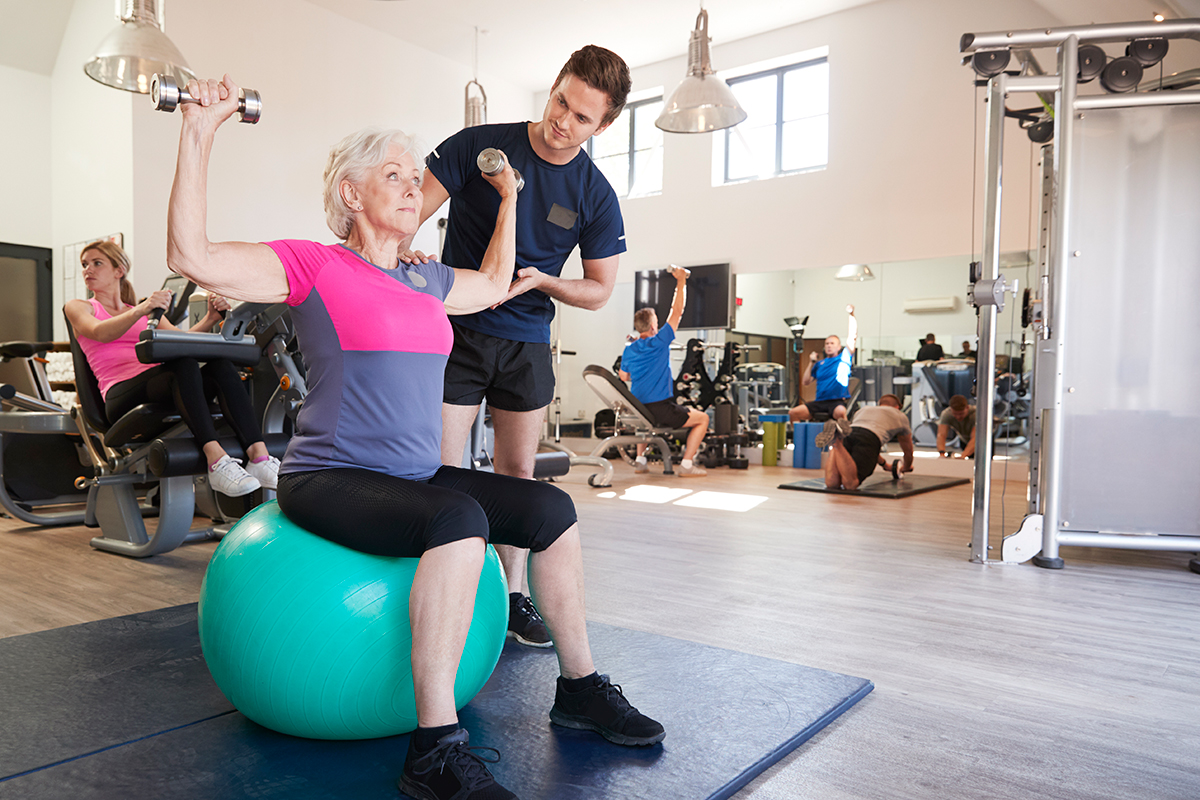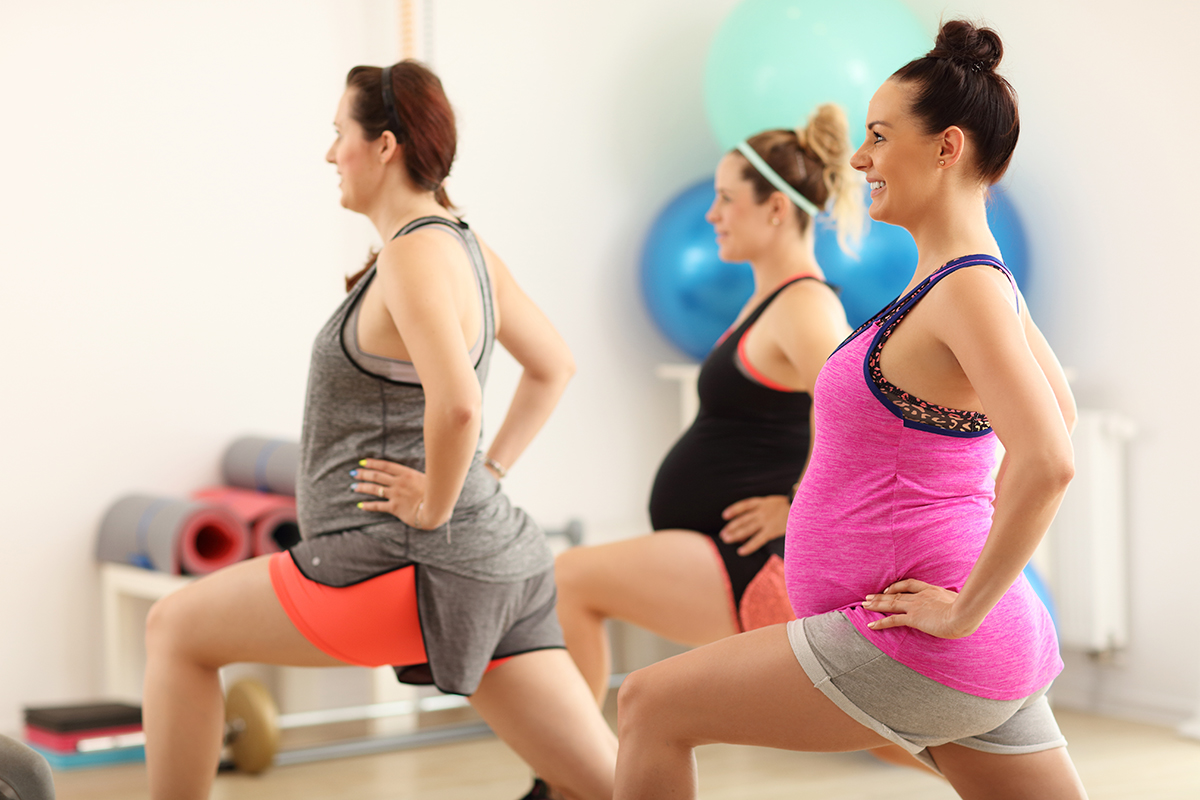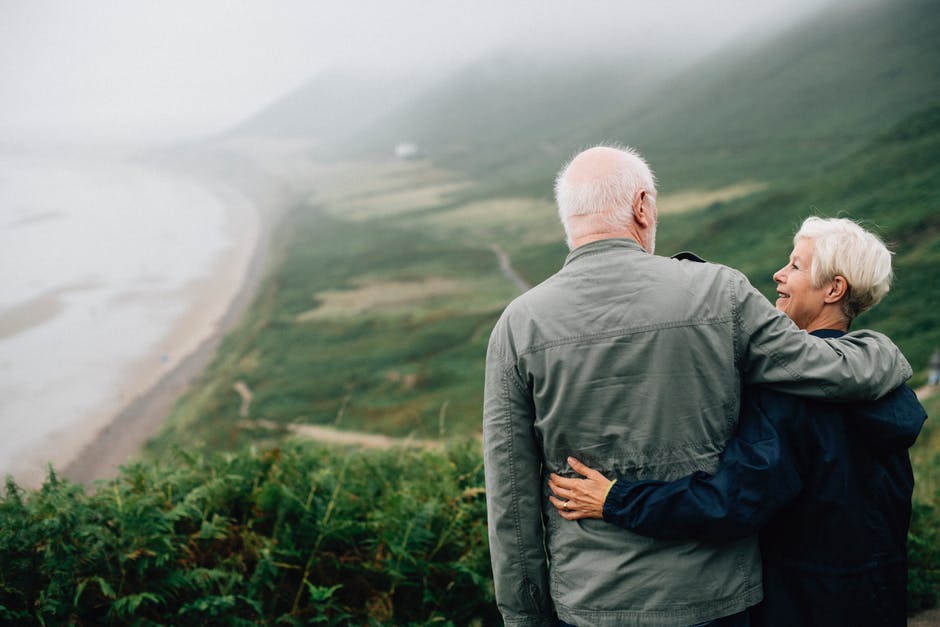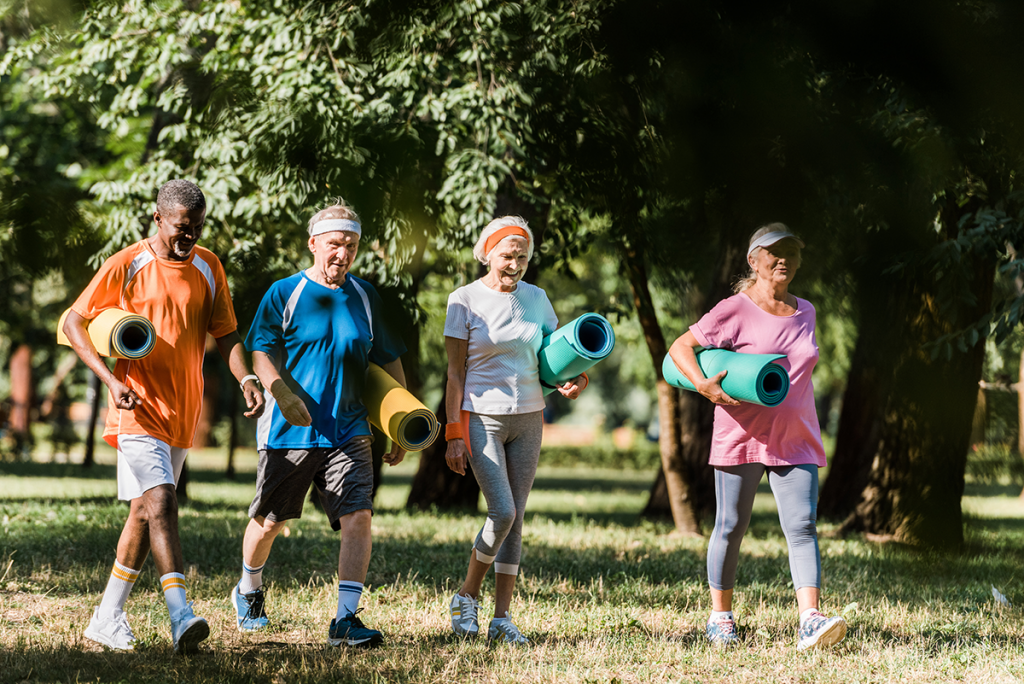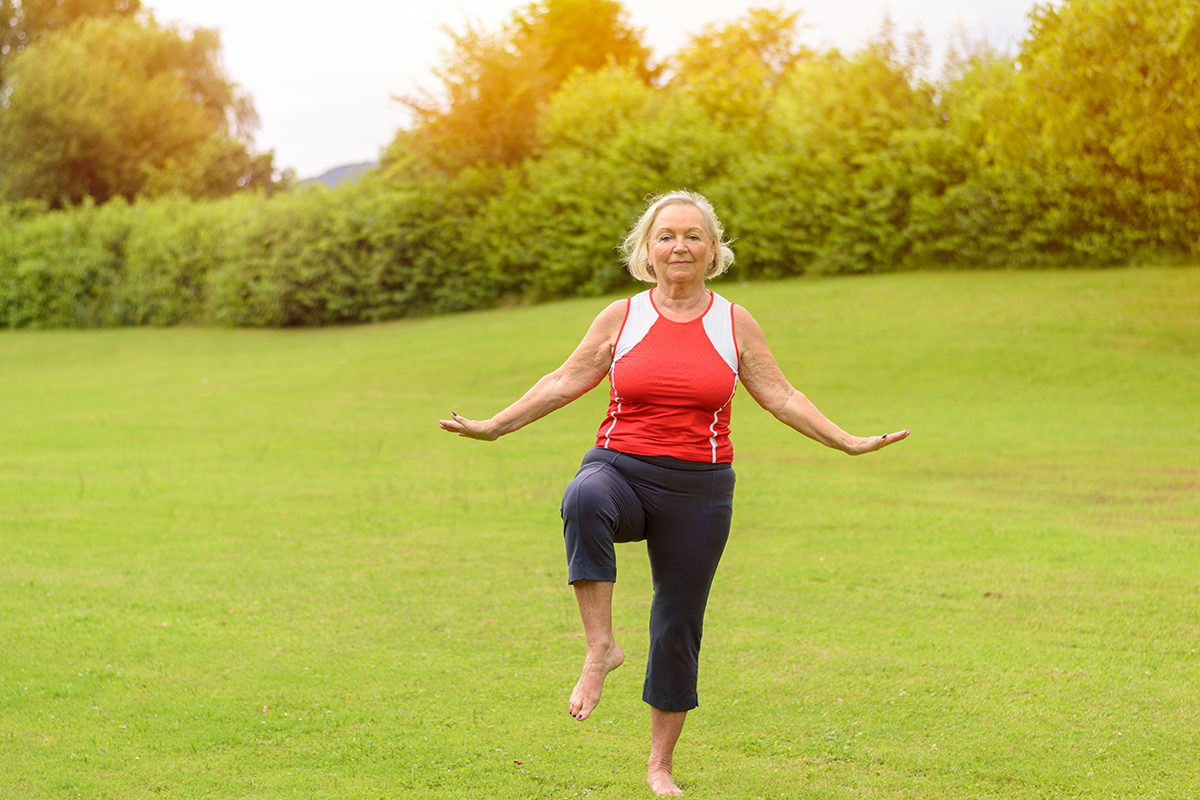Are You Ready to Swim in the “Blue Ocean”?
You and your business are probably spending too much time competing in the “red ocean”.
You need to get out of the red ocean and head to safer waters.
I know what you are thinking… What is a red ocean vs. a blue ocean?
 This concept comes from the book, Blue Ocean Strategy, and it is important to understand for career growth.
This concept comes from the book, Blue Ocean Strategy, and it is important to understand for career growth.
“Red oceans represent all the industries in existence today. This is the known market space.”
This is the market for generally healthy, “fit” clients.
“As the market space gets crowded, prospects for profits and growth are reduced. Products become commodities, and cutthroat competition turns the red ocean bloody.”
Sound familiar in your journey to find clients?
“Blue oceans, in contrast, are defined by untapped market space, demand creation, and the opportunity for highly profitable growth.”
“In blue oceans, competition is irrelevant because the rules of the game are waiting to be set.”
So what does this mean for you?
The red ocean in health and fitness is going after the 15% of the population who is generally healthy and looking for fitness solutions to get fit or lose some weight.
This 15% of the population is looking for great glutes and great abs and benefit from any basic fitness program…
…AND EVERY SINGLE FITNESS BUSINESS IS MARKETING TO THEM.
Hence, it’s the red ocean.
So, What’s the Blue Ocean?
The blue ocean, on the other hand, consists of the millions of people with existing conditions like arthritis, Parkinson’s, or Multiple Sclerosis, for whom the great glutes and abs programs aren’t appropriate
This group is not currently being bombarded with marketing messages about fitness.
These people are in need of fitness services delivered by a specialized professional (which you can become) who understands their condition AND knows how to make programs specific to their needs.
It’s time to start swimming in the blue ocean and get away the “cutthroat competition that turns the red ocean bloody.”
Learn more about the “blue ocean” by watching this free presentation from MedFit Classroom, The New Blue Ocean: Capitalizing on the Opportune Space Between Fitness and Medicine. Industry veteran Phil Kaplan discusses this important topic and how you’ll benefit from targeting this untapped market.

